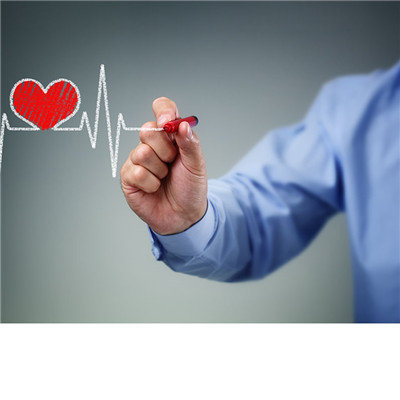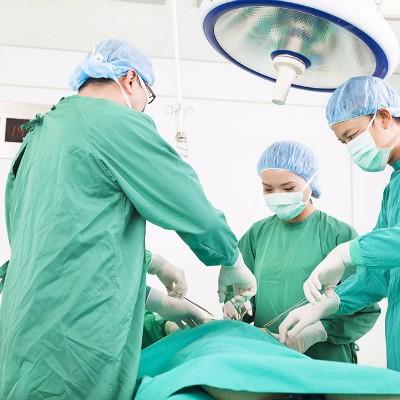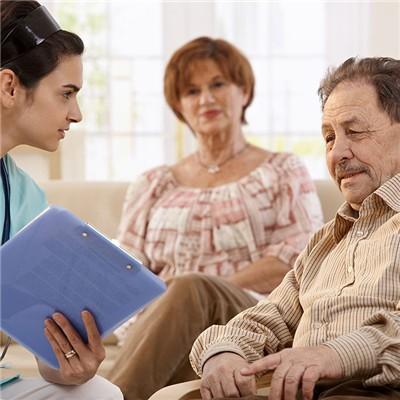Symptoms of dystonia
summary
Dystonia is a dyskinesia syndrome characterized by dystonic movements and postures, which is caused by uncoordinated or excessive contraction of active and antagonistic muscles. Symptoms of dystonia? Let's talk about it
Symptoms of dystonia
In the early stage of onset, the toe plantar flexion of one side of the foot is not random at the beginning of walking, and the heel can not touch the ground when walking, which is called "toe gait". In the early stage of the disease, this abnormal movement only affects some random movements, such as walking forward, but not other directions, such as walking backward or crosswise. There are also manifestations of sudden bending or reflex spasm of one side of the lower limb.
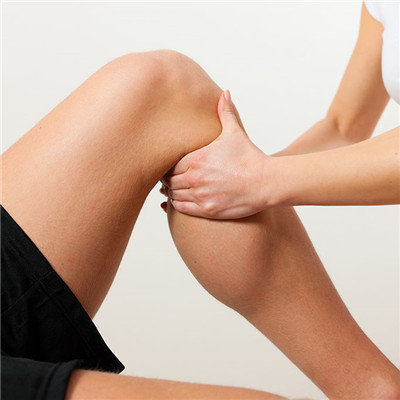
After a few months or years, this kind of involuntary abnormal movement will also appear when it is still, and gradually spread to the adjacent limbs, and finally to the face, neck and even the whole body. Facial involvement is characterized by frowning and grinning, tongue extension, retraction and molars, dysarthria and dysphagia, spasmodic torticollis in neck, and extension, flexion, pronation and supination in limbs. The involvement of trunk and paraspinal muscles may cause torsion or spiral movement of the whole body, which may lead to muscle hypertrophy, lordosis, scoliosis and pelvic tilt. Torsion spasm worsens during autonomic exercise or mental tension, and disappears completely after falling asleep.

Muscle tension increases during torsion, and changes to normal or decrease after torsion stops. This is the name of dystonia deformans. Severe cases can not engage in normal exercise, late cases can make skeletal deformity, muscle contracture and lead to severe disability. Dystonia is accompanied by torsion, so it is called torsion spasm.
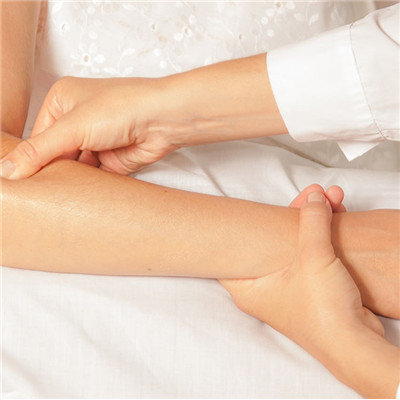
matters needing attention
Prevention is particularly important for diseases with genetic background. Preventive measures include avoiding consanguineous marriage, carrying out genetic counseling, carrier gene testing and prenatal diagnosis. Early diagnosis, early treatment and strengthening clinical nursing are of great significance to improve the quality of life of patients.








